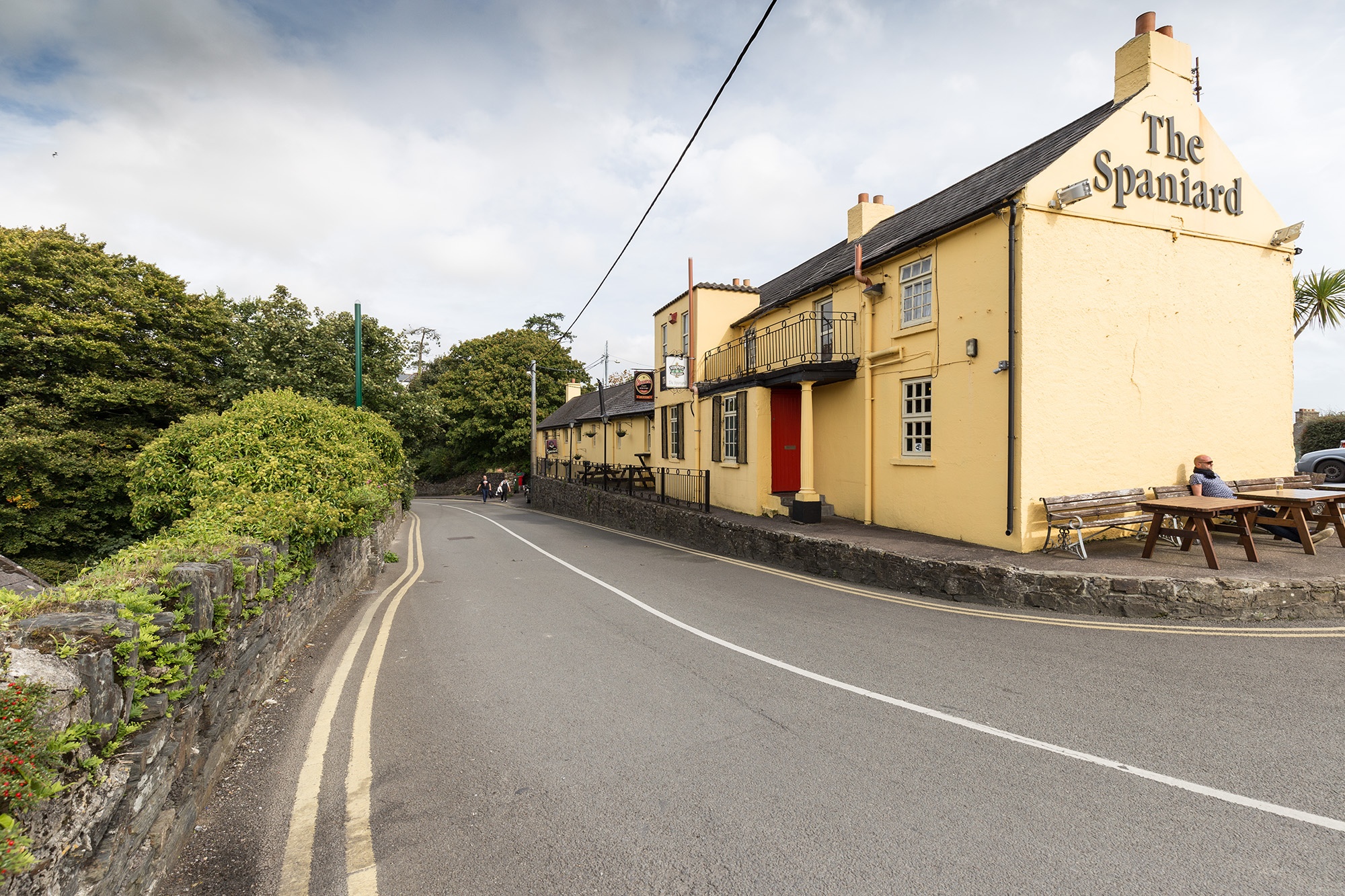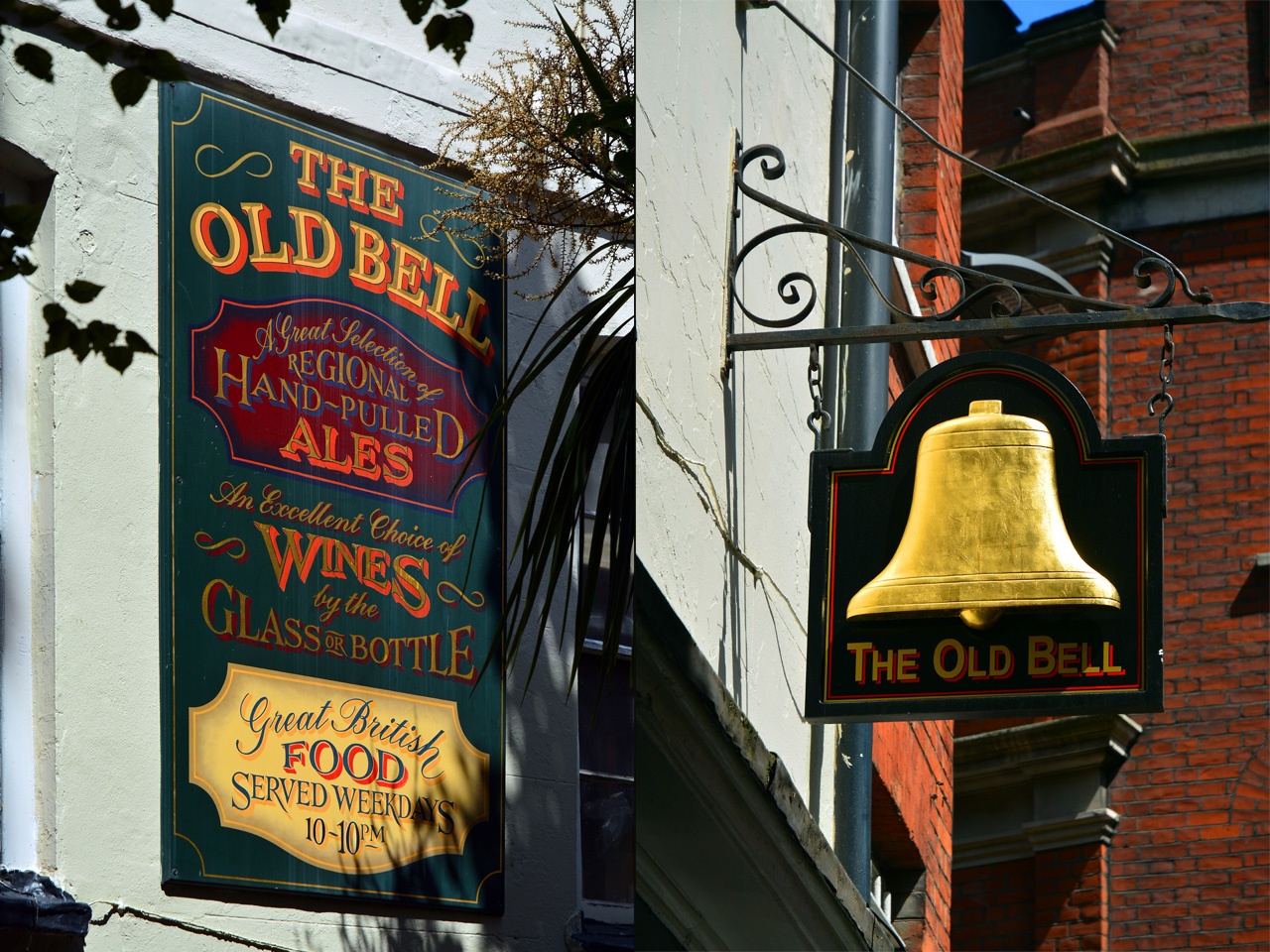Raise a Pint at These 20 Hidden Historic Pubs in London

London’s historic pubs are more than just places to grab a pint; they are living legends steeped in history. Away from the bustling tourist spots, these hidden gems offer a glimpse into the city’s rich past, complete with tales of infamous patrons, ancient architecture, and timeless traditions. This guide takes you through 20 of the most captivating yet less-visited London pubs, where history and hospitality intertwine.
1. The Mayflower (The cradle of the American dream)

The Mayflower, nestled in the cobbled streets of Rotherhithe, claims a unique spot in history as the departure point of the ship that carried the Pilgrims to the New World. This pub, with its rustic charm and riverside views, invites visitors to step back in time. The original 1620 mooring point of the Mayflower ship is commemorated by a plaque outside, adding to the pub’s historical allure. Inside, the ambiance is as cozy as it is historic, with an open fireplace and wooden beams that have witnessed centuries. A visit here isn’t just about savoring traditional British fare or ale; it’s about touching a pivotal moment in history.
2. The Spaniards Inn (A haunt for famous literary figures)

With its roots stretching back to 1585, The Spaniards Inn sits near Hampstead Heath, exuding a charm that has attracted literary giants like Dickens and Keats. This historic pub is as famous for its literary associations as it is for its picturesque setting and traditional British cuisine. Legend has it that the infamous highwayman Dick Turpin was born here, adding a layer of intrigue to your visit. The sprawling beer garden offers a peaceful retreat from the city’s hustle, making it a perfect spot for a sunny afternoon. Stepping into The Spaniards Inn is like walking into a story, where every corner holds a tale.
3. The George Inn (London’s last galleried coaching inn)

The George Inn stands proudly as London’s only remaining galleried coaching inn, owned and maintained by the National Trust. This Southwark gem dates back to the 17th century and once welcomed stagecoaches and travelers from across England. Walking into The George is a journey to a bygone era, with its wooden galleries and open courtyards where travelers once mingled. The pub’s multiple bars and historic dining rooms serve traditional British pub fare alongside a selection of ales and wines. It’s a place where history comes alive, offering a unique glimpse into London’s bustling inn culture of the past.
4. Ye Olde Mitre (A secret hidden in an alley)

Tucked away in a hidden alley in Holborn, Ye Olde Mitre is easy to miss if you’re not looking for it. This hidden treasure, dating back to 1546, was originally built for the servants of the Bishops of Ely. Its secluded location has preserved its old-world charm, making it feel like a secret passage back in time. The pub’s interior, with its snug corners and historic memorabilia, tells stories of a London few get to see. Ye Olde Mitre is not just a pub; it’s a sanctuary from the modern world, a place where time stands still.
5. The Prospect of Whitby (London’s oldest riverside pub)

The Prospect of Whitby, with its origins tracing back to 1520, boasts the title of London’s oldest riverside pub. Once a haunt for smugglers and infamous characters like the pirate Captain Kidd, it offers a panoramic view of the Thames from its weathered terrace. The pub’s interior, with its flagstone floors and historic pewter bar, echoes the tales of its colorful past. A noose hanging by the riverside serves as a grim reminder of the site’s history as an execution dock. The Prospect of Whitby is a captivating blend of beauty and macabre, a must-visit for those intrigued by London’s darker history.
6. The Grapes (Sir Ian McKellen’s charming riverside retreat)

Owned by none other than Sir Ian McKellen, The Grapes in Limehouse has served patrons since 1583. This quaint pub, perched on the banks of the Thames, offers stunning riverside views and a cozy, welcoming atmosphere. With its rich history and celebrity connection, The Grapes has become a beloved spot for locals and visitors alike. The pub’s interior is filled with memorabilia related to the actor and the area’s maritime history, making it a unique cultural experience. Enjoying a pint at The Grapes not only promises excellent hospitality but also a brush with the arts and history.
7. The Seven Stars (A resilient survivor of the Great Fire of 1666)

Nestled behind the Royal Courts of Justice, The Seven Stars is a rare gem that survived the Great Fire of London in 1666. This historic pub, dating back to 1602, is known for its quirky decor and the resident cat that roams its ancient rooms. Despite modern developments encroaching on all sides, The Seven Stars retains its unique character and continues to serve traditional British ales and pub dishes. Its clientele of lawyers and barristers adds to the pub’s lively atmosphere, where history and modern day London blend seamlessly. The Seven Stars is not just a pub; it’s a testament to London’s enduring spirit.
8. The Lamb & Flag (Once the scene of bare-knuckle fights)

The Lamb & Flag, tucked away in the heart of Covent Garden, has a history that’s as tumultuous as it is fascinating. Dating back to 1772, this pub was once known for its bare-knuckle fights, earning it the nickname ‘The Bucket of Blood.’ Today, it’s a popular spot for those seeking a pint and a pie in a setting that resonates with stories of old London. Its narrow, wood-paneled rooms and traditional bar offer a cozy retreat from the bustling streets. The Lamb & Flag stands as a monument to the city’s gritty past, offering a slice of history with every visit.
9. The French House (A sanctuary for WWII French resistance fighters)

In the heart of Soho, The French House served as a meeting place for French resistance fighters during World War II. This historic pub is renowned for its Gallic charm and an impressive selection of French wines and spirits. It’s a place where conversations flow as freely as the drinks, with a strict no mobile phones policy to encourage social interaction. The French House still retains an air of mystery and rebellion, making it a fascinating stop for those interested in the stories of wartime espionage and camaraderie. A visit here offers more than just a drink; it’s a journey into a pivotal moment in history.
10. The Viaduct Tavern (The last gin palace in London)

The Viaduct Tavern, standing opposite the Old Bailey, is considered the last surviving gin palace in London, dating back to 1869. This pub’s opulent Victorian decor, with its etched glass and polished brass fittings, transports visitors to the height of 19th-century luxury. Rumors of hidden cells beneath the tavern, once part of Newgate Prison, add a layer of intrigue for those who venture here. The Viaduct Tavern not only serves up a selection of gins and traditional ales but also offers a glimpse into London’s lavish and sometimes lurid past. It’s a must-visit for those looking to experience the grandeur of London’s gin palace era.
11. The Dove (A favorite of literary greats and a world record holder)

Tucked away in the quiet streets of Hammersmith, The Dove is a quaint pub with a rich literary history and a claim to fame as having the smallest bar room in the world. Frequented by the likes of Ernest Hemingway and T.S. Eliot, this pub offers a cozy retreat by the Thames. Its charming interior and river views make it a perfect spot for contemplative moments or lively discussions. The Dove’s menu features traditional British dishes and a range of ales and wines, served in an atmosphere steeped in history. A visit here is not just a meal; it’s an homage to the literary greats who once shared stories and drinks within its walls.
12. The Old Bell Tavern (Built by Sir Christopher Wren)

The Old Bell Tavern, situated on Fleet Street, was built by none other than Sir Christopher Wren to accommodate his masons and craftsmen during the rebuilding of St Bride’s Church after the Great Fire of London. This historical connection adds a layer of architectural interest to the pub, which serves classic British fare and a selection of ales. Its location on what was once the hub of the British press adds to the tavern’s rich narrative, having been a favorite among journalists and printers. The pub’s traditional decor and friendly atmosphere make it a welcoming spot for history buffs and casual visitors alike. The Old Bell Tavern offers a unique link to London’s architectural and journalistic past, served up with a side of hearty British cuisine.
13. The Cittie of Yorke (A medieval hall in the heart of the city)

In the heart of London’s legal district, The Cittie of Yorke’s interior resembles a medieval hall, complete with high ceilings and large barrels resting against the walls. Despite its current building dating from the 1920s, the site has been home to a pub since the 15th century. This historic establishment is popular among lawyers and legal professionals, offering a unique atmosphere for enjoying traditional British ales and pub food. The pub’s long history is matched by its impressive interior, making it a fascinating stop for those interested in architecture as well as history. The Cittie of Yorke combines the grandeur of the past with the comfort of a traditional English pub, making it a must-visit for anyone exploring London’s hidden gems.
14. The Coach & Horses (London’s first vegetarian pub)

The Coach & Horses, nestled in the vibrant area of Soho, made headlines as London’s first vegetarian pub, offering a unique twist on the traditional British pub experience. This historic establishment, dating back to the 18th century, retains its classic charm while serving a variety of vegetarian and vegan dishes alongside conventional pub fare. Its commitment to cruelty-free dining has made it a popular destination for both vegetarians and meat-eaters alike. With its cozy atmosphere and commitment to inclusivity, The Coach & Horses provides a welcoming space for everyone. It’s a testament to London’s evolving culinary scene, seamlessly blending history with modern values.
15. The Anchor Bankside (A 400-year-old riverside retreat)

The Anchor Bankside, with a history that spans over 400 years, offers a picturesque riverside setting near Shakespeare’s Globe Theatre. This historic pub has witnessed the Great Fire of London, survived the bombings of WWII, and hosted a myriad of characters from pirates to playwrights. Its sprawling, multi-level interior and riverside terrace provide the perfect backdrop for enjoying a traditional British pint or meal. The Anchor Bankside’s walls are adorned with historical memorabilia, telling the stories of its storied past. It’s a place where history and hospitality merge, offering visitors a chance to dine and drink in the shadow of London’s historical events.
16. The Guinea Grill (A Mayfair institution since 1423)

Established in 1423, The Guinea Grill in Mayfair is one of London’s oldest and most esteemed pubs, particularly renowned for its exceptional steak offerings. This historic establishment combines the charm of a traditional English pub with the sophistication of a high-end steakhouse. The Guinea Grill has been serving up some of London’s finest meats within its wood-paneled dining room, attracting a diverse clientele from locals to celebrities. Despite its upscale surroundings, the pub maintains a warm and inviting atmosphere. A visit to The Guinea Grill offers not just a meal, but a taste of London’s rich culinary and historical tapestry.
17. The Cheshire Cheese (Rebuilt after the Great Fire of 1666)

Ye Olde Cheshire Cheese, rebuilt shortly after the Great Fire of London in 1666, is one of Fleet Street’s most famous pubs. Its warren of narrow passageways and hidden rooms creates an atmosphere of mystery and history. This pub has been a favored drinking spot for literary figures like Charles Dickens and Samuel Johnson, whose presence still seems to linger in the air. Known for its traditional English pub fare and a selection of ales, Ye Olde Cheshire Cheese invites visitors to experience a piece of London’s literary and architectural history. It’s a place where the past is always present, offering a unique window into the city’s storied past.
18. The Princess Louise (A Victorian masterpiece)

The Princess Louise in Holborn is a stunning example of Victorian pub architecture, with its beautifully preserved interior featuring etched glass, handcrafted woodwork, and ornate tiling. This pub is not just a place to drink but a museum of Victorian craftsmanship, offering a glimpse into the design and decor of the era. The Princess Louise serves a range of traditional British ales and pub dishes in an atmosphere that feels like stepping back in time. It’s a favorite among locals and history enthusiasts alike, who appreciate its commitment to preserving its unique heritage. Visiting The Princess Louise is like taking a journey to the heart of Victorian London, surrounded by the beauty of a bygone era.
19. The Black Friar (An Arts and Crafts architectural gem)

Positioned near Blackfriars Bridge, The Black Friar is an architectural marvel of the Arts and Crafts movement, built in 1875. Its unique triangular building is adorned with sculptures and reliefs that celebrate the area’s monastic history. Inside, the pub is a testament to craftsmanship, with its ornate copper fixtures, marble counters, and mosaic floors. The Black Friar’s menu features traditional British pub fare, served in a setting that’s unlike any other in London. This pub is a must-visit for anyone interested in the intersection of art, history, and hospitality.
20. The Bow Bells (Home to traditional Cockney entertainment)

Located in the heart of East London, The Bow Bells pub is the go-to spot for experiencing traditional Cockney entertainment. This vibrant establishment is known for its lively atmosphere, classic British pub grub, and regular sing-alongs that echo the area’s working-class heritage. The pub’s name itself is a nod to the historic Bow Bells, which have deep ties to London’s cultural identity. Visitors to The Bow Bells can expect a warm welcome, hearty food, and perhaps a chance to join in on a chorus of a traditional Cockney song. It’s a place where the spirit of old London is kept alive, offering a slice of the city’s rich cultural tapestry.
This article was written by a human and edited with AI Assistance






